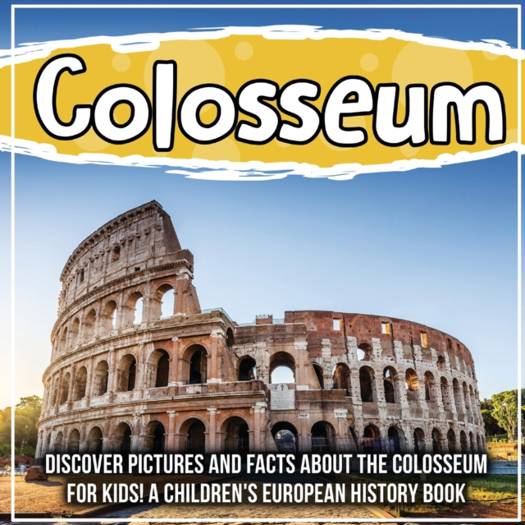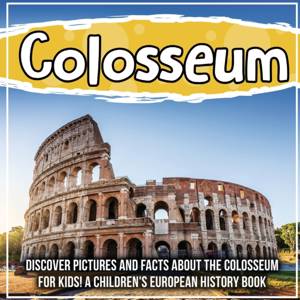
Je cadeautjes zeker op tijd in huis hebben voor de feestdagen? Kom langs in onze winkels en vind het perfecte geschenk!
- Afhalen na 1 uur in een winkel met voorraad
- Gratis thuislevering in België vanaf € 30
- Ruim aanbod met 7 miljoen producten
Je cadeautjes zeker op tijd in huis hebben voor de feestdagen? Kom langs in onze winkels en vind het perfecte geschenk!
- Afhalen na 1 uur in een winkel met voorraad
- Gratis thuislevering in België vanaf € 30
- Ruim aanbod met 7 miljoen producten
Zoeken
Colosseum
Discover Pictures and Facts About The Colosseum For Kids! A Children's European History Book
Bold Kids
Paperback | Engels
€ 22,45
+ 44 punten
Omschrijving
If you're looking for some Facts about Colosseum for kids, you've come to the right place. This ancient amphitheater was one of the largest in the world. In its time, it was capable of holding 50,000 spectators, and it still holds its capacity today. Although the structure has undergone many changes, it remains a magnificent example of roman engineering. Here are some Facts about the Colosseum for kids that you might not have known before.Did you know that the Colosseum had tunnels under its roof? The arena was large enough to hold ten times the number of people who walked through it. Originally, the Colosseum housed animals and slaves. However, it was eventually used as a place to stage naval battles, gladiator fights, and hunting animals. In the Middle Ages, it was also used as a religious shrine and workshops. Its walls are made from limestone, while the floor is covered with travertine, which was mined from the town of Tivoli.The Colosseum was built to hold large events, and was named after the Flavian dynasty. It was built as a giant amphitheatre and was used as a theater during Roman times. However, after the collapse of the building in 217 CE, the Colosseum no longer served as a venue for gladiator contests. The structure became a Christian shrine, which is why you'll find many different types of statues in the building.
Alleen bij Standaard Boekhandel
+ 44 punten op je klantenkaart van Standaard Boekhandel
Beoordelingen
We publiceren alleen reviews die voldoen aan de voorwaarden voor reviews. Bekijk onze voorwaarden voor reviews.










